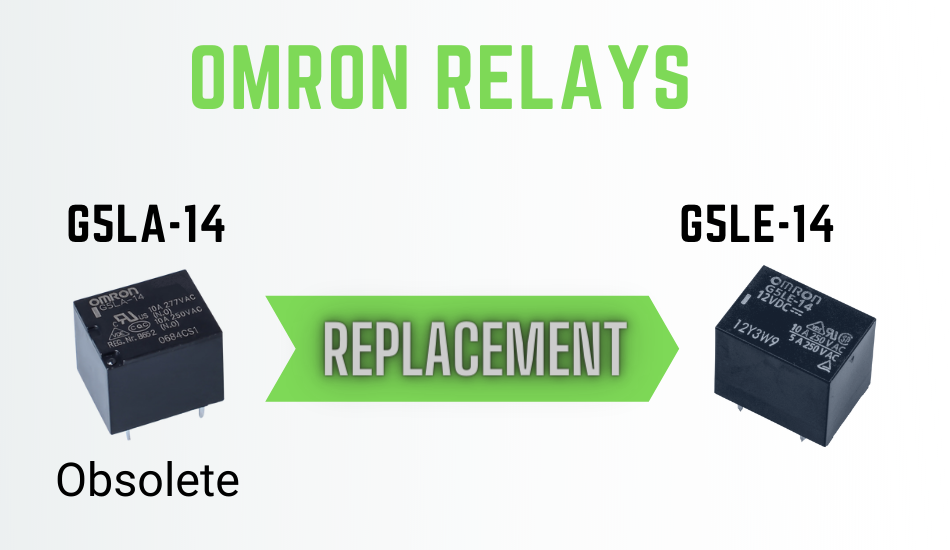A relay is an electrical component that works as a switch that allows the electromechanical closing or opening of circuits. This brings the heavy current by using a separate slight current.
The relay connects the two ends of the circuit when connected. On the contrary, it will separate the two ends when turned off.
What Does The Relay Do?
People with average information about electronic devices mostly ask this question. The electromagnetic relays have diverse applications, in large part relying on their type and numerous different elements.
These elements encompass application, coil voltage & current, working lifetime, the voltage rating of contacts, number of contacts, and types of contacts.
Classification Of Relays
The number one element in the type of relays is the number of circuits and contacts. The elements that impact this are the ‘poles and throws’ of a relay.
Relays may be placed into 4 classes primarily based totally on their poles and throws. These classes are single-pole single-throw relays, single-pole double-throw relays, double-pole single-throw relays, and double pole double throw relays.
There are specific types of relay that can be used in certain applications as different amperage and current ratings can change the current flow and also will hamper the functioning of the device.
We also cannot just replace the relay with any other relay, even one specification, if not exact will create the issue. The problem arises when the existing relays become obsolete and the replacement cannot be found.
We are taking the example of an obsolete relay from Omron; the part number in the question is G5LA-14-12VDC.
This relay from Omron has been obsolete now and it was used in several applications like home appliances, office automation equipment, and vending machines.
The people and manufacturers who are into these equipment manufacturing or maintenance faced a shortage of the part making it difficult to follow the timeline of manufacturing and delivery.
However, we are here with another relay with similar specifications and exact applications usage.
The new part is also from Omron and the new part number is G5LE-14-DC12. If we look at the specifications like current rating, voltage, contact terminologies and contact materials all are the same.
Such as both have a coil voltage of 12 VDC while the former one has the contact current rating of 5A and the latter one 10A. Both of them have the contact form of single pole single throw.
If we talk about contact material the obsolete part is a silver tin oxide (AgSnO) and the replacement part is a silver alloy (Ag).
Both of them have the mounting style through holes. The width is the same and height and length have a very slight difference. Now let’s talk about the application areas we can use the replacement.
The new part can be used in home appliances like AC units, fridges, and many other devices that we use in our everyday lives.
Another application area is office automation machines which create, collect, store, process, and relay office information needed for accomplishing basic tasks.
Another commercial application is vending machines. These are used to activate the machines on the command.
Conclusion
Omron has introduced the replacement for the G5LA-14-12VDC relay and the new product is G5LE-14-DC12. It has all the specifications and features as the original one and it can be used in the applications which used the original relay as part of their BOM.

